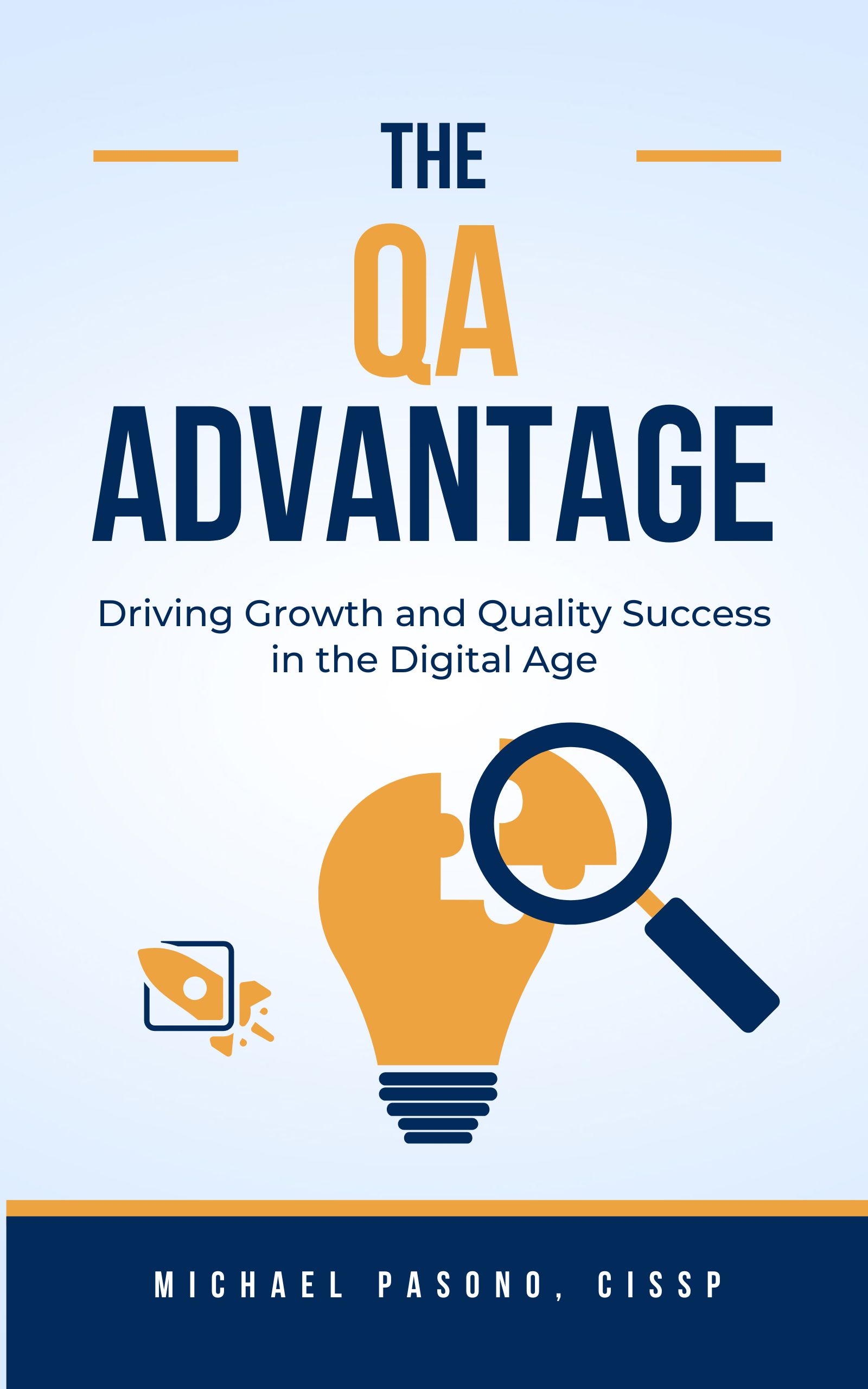Software Testing Guide
In the rapidly evolving world of software development, ensuring the quality and reliability of applications is paramount. This is where software testing guide comes into play. Software testing is a crucial process that helps identify defects and ensure that the software meets the required standards. In this comprehensive software testing guide, we will explore everything you need to know about software testing, its types, benefits, best practices, and real-world examples.
What is Software Testing?
Software testing is the process of evaluating and verifying that a software application or system meets the specified requirements and functions correctly. According to the International Software Testing Qualifications Board (ISTQB), software testing is defined as “a process, set of activities, to detect and correct software failures to ensure the software behaves as expected.” The primary goal of software testing is to ensure the delivery of high-quality software products.
Types of Software Testing
Manual Testing
- Definition: Involves manually executing test cases without the use of any automation tools.
- Example: A tester manually checks the login functionality of a web application by entering different sets of credentials.
Automated Testing
- Definition: Involves using automated tools to execute test cases. Automated testing is ideal for repetitive tasks and regression testing, where scripts can be reused.
- Example: Using Selenium to automate the testing of a web application’s user interface across different browsers.
Functional Testing
- Definition: Focuses on testing the functional aspects of the software. It ensures that the application functions as expected according to the requirements.
- Example: Verifying that the “Add to Cart” button in an e-commerce application correctly adds items to the shopping cart.
Non-Functional Testing
- Definition: Focuses on non-functional aspects such as performance, usability, reliability, and security. It ensures that the software performs well under various conditions.
- Example: Conducting load testing using JMeter to ensure an application can handle high traffic.
Unit Testing
- Definition: Involves testing individual components or units of the software to ensure they function correctly in isolation.
- Example: Writing tests in JUnit to check the functionality of a single method in a Java class.
Integration Testing
- Definition: Focuses on testing the interaction between different components or modules of the software to ensure they work together seamlessly.
- Example: Testing the integration of a payment gateway API with an online shopping application.
System Testing
- Definition: Involves testing the complete and integrated software application to ensure it meets the specified requirements.
- Example: Conducting end-to-end testing of a CRM system to ensure all functionalities work together as expected.
Acceptance Testing
- Definition: Conducted to determine whether the software is ready for delivery. It involves verifying that the software meets the business requirements and is acceptable to the end-users.
- Example: A client performs user acceptance testing (UAT) to ensure the new features of an application meet their needs before going live.
Benefits of Software Testing
Improved Quality
- Ensures that the software meets the required standards and functions correctly, leading to higher quality products.
Cost Savings
- Identifying and fixing defects early in the development process reduces the cost of fixing issues later, especially after the software is released.
Enhanced Security
- Helps identify vulnerabilities and security flaws, ensuring that the software is secure and protecting user data.
Increased Customer Satisfaction
- Delivering high-quality software that meets user expectations leads to higher customer satisfaction and loyalty.
Reduced Risk
- Helps identify potential risks and issues before they become major problems, reducing the likelihood of costly post-release fixes and recalls.
Best Practices in Software Testing
Define Clear Objectives
- Establish clear testing objectives and goals to ensure that the testing process is aligned with the overall project goals.
Develop a Test Plan
- Create a detailed test plan outlining the testing strategy, scope, resources, schedule, and deliverables.
Use Automated Testing Tools
- Leverage automated testing tools to increase efficiency and accuracy, especially for repetitive and regression testing tasks.
Conduct Thorough Testing
- Perform comprehensive testing, including functional, non-functional, unit, integration, system, and acceptance testing.
Involve Stakeholders
- Engage stakeholders, including developers, testers, and end-users, in the testing process to ensure that all perspectives are considered.
Continuously Improve
- Regularly review and refine the testing process based on feedback and lessons learned to continuously improve the quality of the software.
Real-World Examples of Software Testing
- Automated Testing: Google uses automated testing extensively to ensure the reliability and performance of its search algorithms and other services. They utilize a combination of Selenium and their own testing frameworks to automate the testing of web applications.
Netflix
- Performance Testing: Netflix performs rigorous performance testing to ensure their streaming service can handle millions of concurrent users. They use chaos engineering practices, such as the Simian Army, to test the resilience of their infrastructure.
Amazon
- Unit Testing: Amazon employs extensive unit testing to validate the functionality of individual components in their vast e-commerce platform. This helps in maintaining high code quality and quick detection of bugs.
Microsoft
- Acceptance Testing: Microsoft engages in thorough user acceptance testing (UAT) for their software products, such as Office 365, involving real users to validate the functionality and usability before a major release.
Software Testing Guide Wrap-Up
Software testing is an essential aspect of software development that ensures the delivery of high-quality, reliable, and secure software products. By understanding the various types of software testing, their benefits, and best practices, companies can enhance their testing processes and deliver superior software products. Investing in robust software testing practices not only improves product quality but also boosts customer satisfaction, reduces costs, and minimizes risks, setting the foundation for long-term success in the competitive software market.
Implementing a comprehensive software testing strategy can significantly impact the overall success of your software projects, driving growth and profitability in today’s digital landscape.
How can Apply QA help?
Apply QA is an industry leader in quality engineering best practices, education, career mentoring, job board, and consulting.
Please see each area below for how we can help.
Best Practices
Apply QA offers free blog posts on different quality engineering and software testing topics. You can view the blog here.
Educational Material
The owner of Apply QA has written many articles and books on Quality Assurance, Quality Engineering, and Software Testing over the years. Along with heavy focus on security, advanced technology testing such as cloud and AI. These books can be found here.
Career Mentoring
Apply QA recognizes that it helps to have a quality mentor to help elevate your quality engineering and software testing career. Mentoring services can be found here.
Job Board
Once you have acquired the skills to be a solid quality engineer or software tester, we have partnered with a job aggregator to pull together recent, relevant quality or software testing jobs. The job board can be found here.
Also, if you are a hiring manager looking for a “quality” testing candidate. We do offer sponsor listings on top, please contact us for more information on our low-cost pricing.
Consulting and Testing Services
Lastly, we can offer quick improvements by leveraging our existing expertise in many different areas.
Quality Engineering Improvement
Offering consulting and advisory services from setting up a quality engineering department to pinpoint areas of improvement for existing processes.
Penetration Testing Services
HackTestMe.com provides independent, cost-efficient packages to test the security of your product or service. If you are a company that needs to conduct this testing due to contractual or regulatory needs, or even curiosity, this is a great service.
Web Design Services
Offering web design and optimization services. Partner with us to produce a high-quality product.










